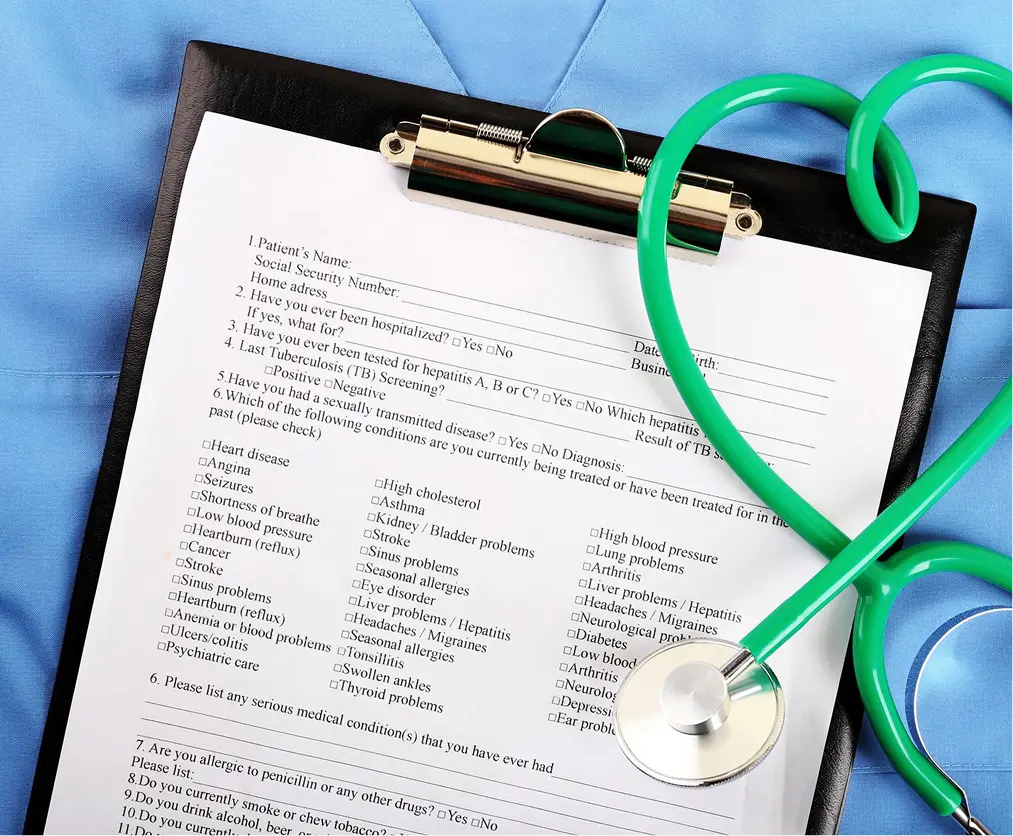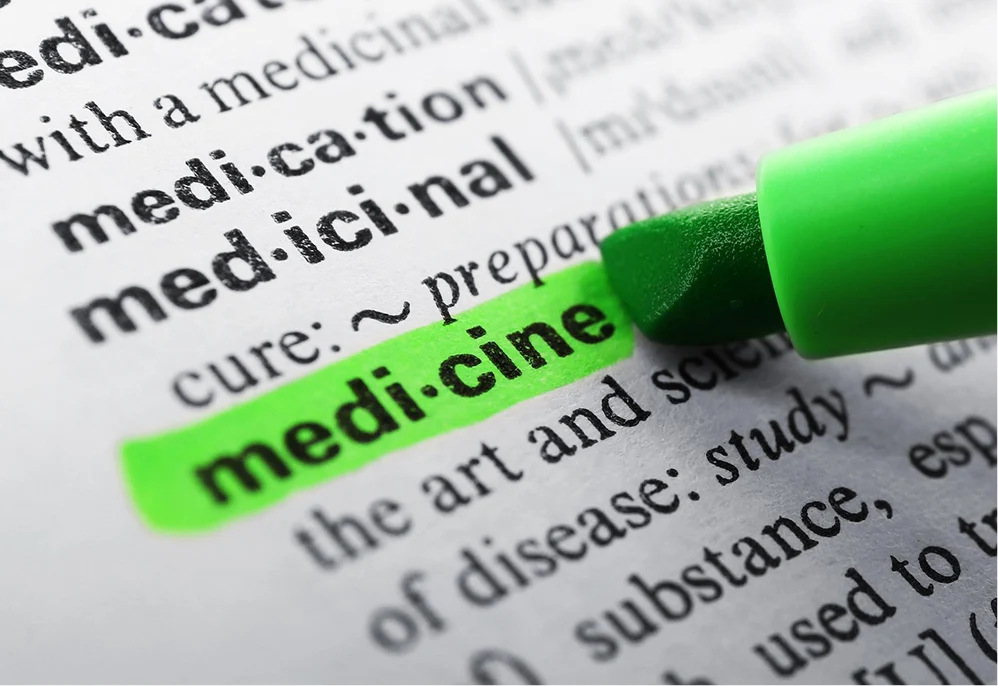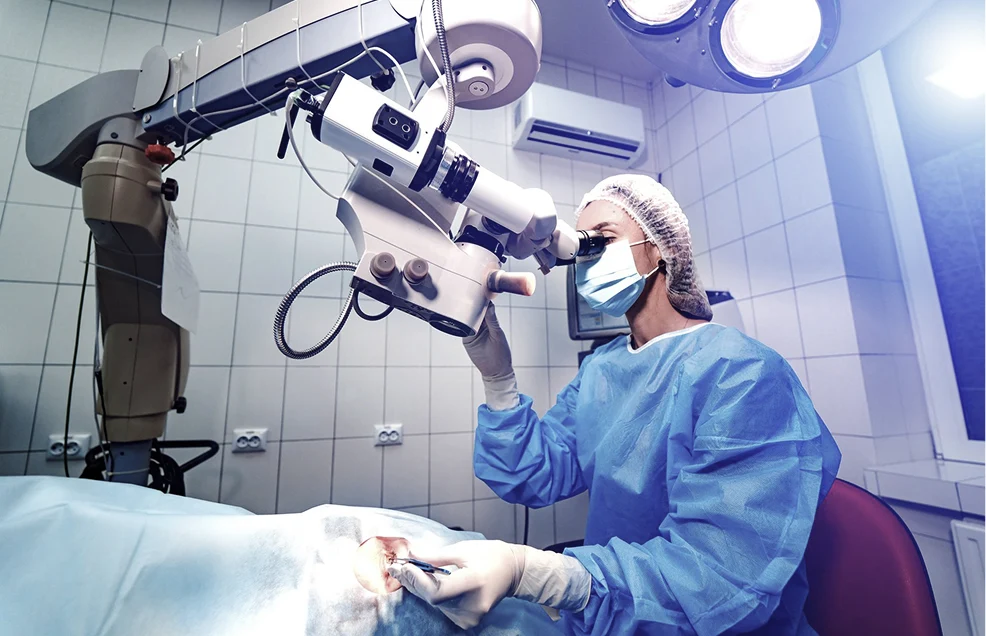Healthcare is an industry where precision is key. From interpreting medical scans to managing patient records, this technological shift is helping healthcare providers improve outcomes, streamline operations, and deliver more personalized care at scale.


AI technologies like computer vision, generative AI, and natural language processing are transforming healthcare by supporting diagnostic accuracy, automating medical data workflows, and enhancing patient care planning.
AI solutions integrated with computer vision can help radiologists and pathologists detect conditions like cancer, fractures, and neurological disorders earlier and more accurately through automated image analysis.

AI accelerates drug research by simulating molecule behavior, predicting efficacy, and identifying potential candidates faster than traditional methods.

Healthcare is ultimately about people and every second, every decision, can make a difference. AI is making hospitals smarter by enabling earlier diagnoses, faster data analysis, and more personalized treatment plans.
For instance, here are just a few key benefits of AI in healthcare: